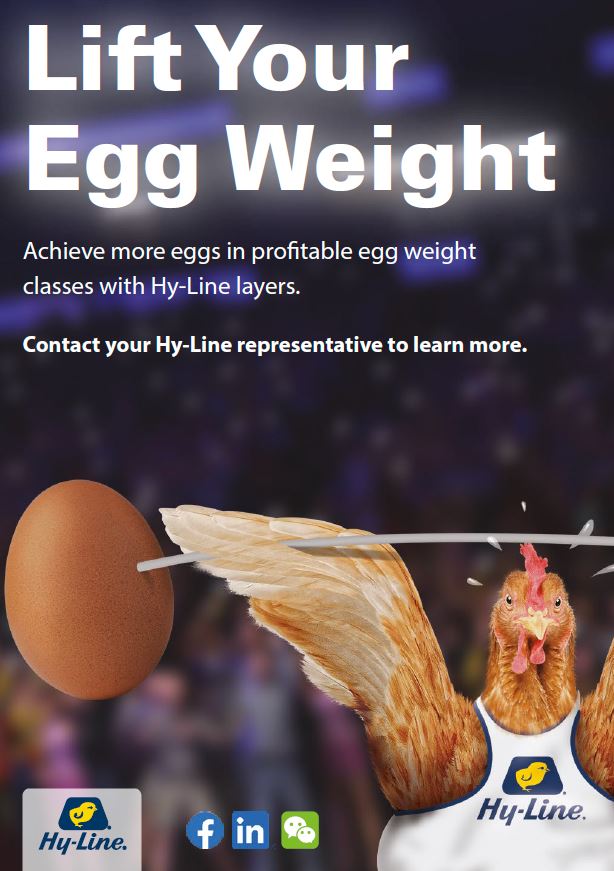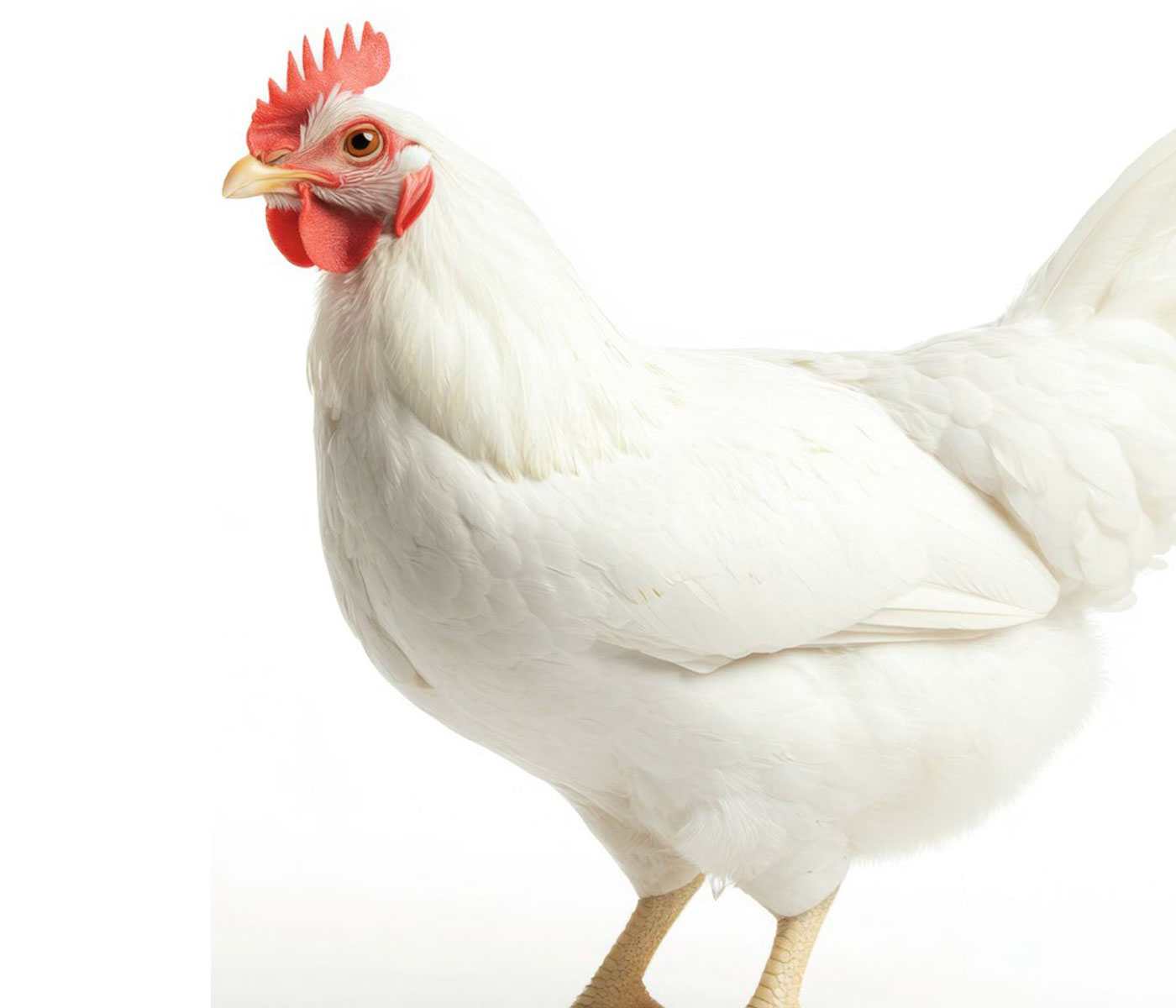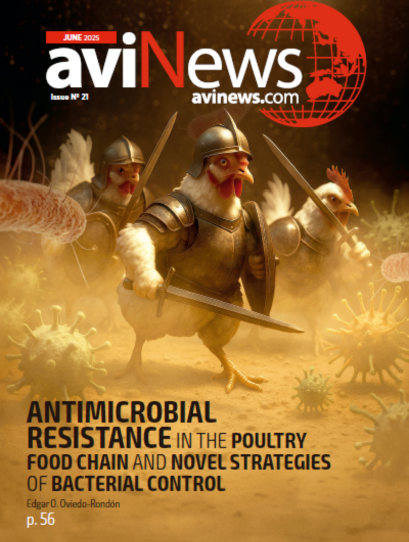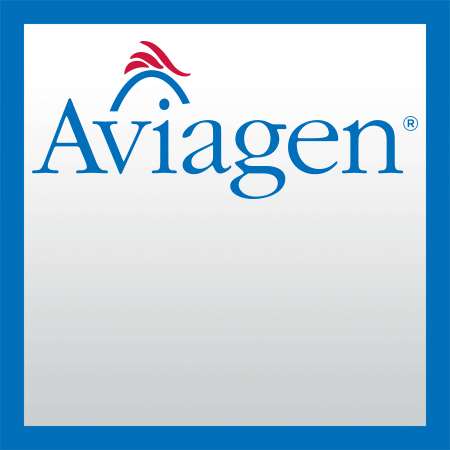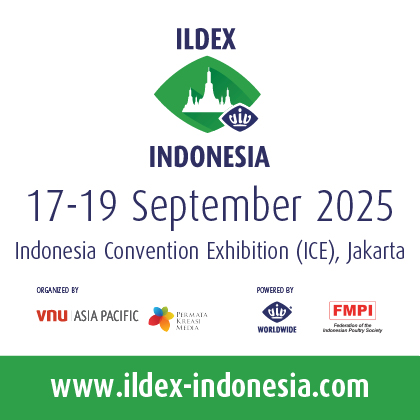Content available at: Indonesia (Indonesian) Melayu (Malay) ไทย (Thai) Tiếng Việt (Vietnamese) Philipino
The 49th annual Incubation and Fertility Research Group meeting was held at the Limak Limra Hotel & Resort in Antalya, Türkiye, on October 3rd and 4th.
This is one of the most important meetings related to avian reproduction and incubation worldwide.
The group that organizes it is the Working Group Six (WG6) and is part of the European Federation of the World’s Poultry Science Association (WPSA).
- This year, 87 participants from 26 countries attended this meeting.
- Thirty presentations covered topics amongst others about fertility, egg production, egg treatments during storage, incubation conditions, and data analysis. We recommend you to attend next year in Berlin.
FERTILITY
Rooster Fertility
Dr. Anais Vitorino Carvalho from INRAE presented a new strategy to diagnose sperm fertility based on proteomic methods using Intact Cell MALDI-TOF Mass Spectrometry (ICM-MS) to an isolated cell population to describe peptides and proteins that can be better correlated to male fertility.
- Dr. Carvalho also presented a new solution to remove glycerol from post-thawed chicken semen to help with the success of cryopreservation.
- This new method can be processed at room temperature to restore sperm fertility, reducing 44% of the time required with the classical glycerol removal procedure.
Fertility Biomarker
Dr. Ophélie Bernard from INRAE discussed the value of chemerin protein as a biomarker to improve reproduction rates.
- Chemerin in albumen is positively correlated (r = 0.26) with fertility rates for layer hens and negatively correlated with laying (r = -0.51), fertility (r = – 0.31), and hatchability (r = -0.29) rates for broiler hens.
- Expression of this protein is higher in layer hens than in broiler hens. Chemerin was correlated with some reproductive parameters and with embryo development.
Pesticides on Semen Parameters
Pesticides used as fungicides (Ebuconazole), insecticides (Imidacloprid), and herbicides (glyphosate) can contaminate corn and soybeans.
- The toxicity of these products is a concern in the entire animal industry.
- Skarlet Napierkowska from Wroclaw University evaluated the effects of these pesticides and their mixtures below the minimum risk level for feed grains on Greenlegged Partridge rooster’s semen parameters and hormone levels during exposure and after a four-week break.
- Exposure to all pesticides caused an increase in spermatocyte apoptosis and a reduction in progesterone and testosterone, but after four weeks, all parameters normalized and suggested reversible effects.
EGG PRODUCTION, HATCHABILITY, AND CHICK QUALITY
Broiler breeder stocking density
A research group from the University of Ankara led by Dr. Okan Elibol evaluated the effects of increasing 30% broiler breeder hen stocking density from 5.0 to 6.6 females/m2 during the production period between 26 and 59 weeks of age.
- Increased stocking density reduced female feeder space, increased mortality (5.21% vs. 6.34%), and reduced egg production (181.5 to 177.5 eggs), hatchability, and chicks (154.1 vs. 148.3) per hen housed.
- However, total egg or chick production/m2 was higher for the higher density.
Pullet hatchability and quality in Brown and Leghorn laying lines
- In collaboration with Hy-Line International, our group from North Carolina State University with Edgar Oviedo presented two papers describing analyses of several databases of Hy-Line hatcheries.
- This data was collected from 2013 to 2023.
- Data indicated egg storage is distributed in layer lines, reaching up to 25 days.
- Surface regression models were fitted to describe the effects of flock age and egg storage.
- Models to predict hatchability, embryo mortality, and pullet quality were fitted for eggs with and without SPIDES per each genetic line.
- A critical factor observed was the application of short periods of incubation during egg storage (SPIDES).
- The positive effect of SPIDES was confirmed in all databases.
- The mean Brown pullet hatchability across years and datasets remained consistently high in all three databases evaluated for eggs with six or fewer days of storage (A=41.17, B=44.49, and C=41.87, %) and Stored/SPIDES eggs (A=41.08, B=44.27, and C=42.07, %).
EGG STORAGE
SPIDES and PreIncubation Warming Profile
Orhun Tikit from Ankara University concluded that the detrimental effects of a prolonged storage period (14 days at 15 oC) might be practically ameliorated by either SPIDES (3.5 hours above 32°C eggshell temperature on day 5) during the storage period or by an extended (24 hours instead of 6 hours at 28 oC) pre-incubation warming.
- The positive effect of SPIDES was more evident than the longer preincubation warming for the eggs from young breeder flocks.
SPIDES on hatching and chick quality
The SPIDES practice has been widely evaluated in broiler breeders’ eggs, with more than 35 studies published since 2011, as Dr. Dinah Nicholson from Aviagen discussed in her presentation.
- However, the effects of SPIDES on hatching traits and chick quality in quails, guinea fowl, geese, and partridges have not been reported.
- Dr. Kadir Erensoy from Ankara University showed the results of a test that evaluated SPIDES effects on these species and chickens.
- The SPIDES significantly reduced early embryonic mortality, increased the hatchability of fertile eggs, and shortened the incubation period in all these species.
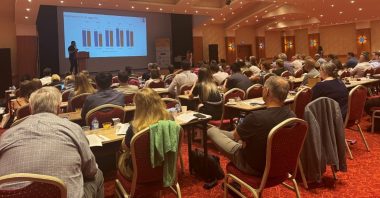
NEW INCUBATION PRACTICES
Light during incubation
Research results related to light exposure during artificial incubation remain conflicting.
Louisa Kosin from the Roslin Institute showed data indicating benefits on body weight gain at 4 weeks post-hatch of leghorn layer chicks when eggs were exposed to full-spectrum white light for 24 hours during the entire incubation.
- However, her research group did not observe effects on behavioral time budgets and activity levels as welfare parameters.
- In contrast, Catharina Broekmeulen and her research team from the University of Bern detected changes in behavior due to light during incubation in a multitasking test related to latency to spot the predator and to return to pecking of laying hen chicks.
- In this experiment, eggs were exposed to light continuously between 18 and 21 days of incubation.
- Catharina’s team concluded that light during incubation might provide higher behavioral flexibility and better adaptation to stressful conditions and consequently could improve welfare.
- However, not much emphasis was placed on performance or other health aspects.
Egg warming from storage to incubation temperature
In two presentations, Dr. Jan Wijnen from the HatchTech Group discussed a new methodology to warm slowly, eggs from 29.4 oC eggshell temperature to 37.8 oC.
- The rate and duration for the transition from storage to 29.4°C eggshell temperature is of minor importance as long as condensation can be prevented.
- In this experiment, it was done in five hours.
- The slow warming from 29.4 oC to 37.8 oC was tested at high RH and CO2 levels for up to 8 days stepwise.
- This process was compared to traditional warming, which takes 7 to 8 hours.
- This new methodology increases the incubation by 3 days; consequently, it will take 24 days instead of 21 days.
- However, hatchability increased between 1.2 and 21.8% by reducing early embryo mortality.
- Additionally, it was shown that this methodology of slow egg warming also increases growth rate and feed intake and improves the feed conversion ratio in broilers.
Thermal manipulation to improve post-hatch life thermotolerance
Dr. Itallo Conrado Sousa de Araújo from the Federal University of Minas Gerais presented an experiment indicating that 39.5 oC eggshell temperature between days 7 and 16 for 6 hours per day was favorable to reduce chicken mortality during heat stress or post-hatch thermotolerance.
- The experiment evaluated the thermal adaptation of chickens when subjected to 32 oC for 8 hours during days 21 to 28 post-hatch.
- Arlette Harder from Humboldt-University of Berlin also discussed pre-hatching stimulation to improve broiler post-hatching performance.
- The treatment consisted of increasing 1 oC of machine temperature for 2 hours daily on days 17 to 20.
- This treatment improved hatchability from 87.2 to 90.4%.
- However, it did not affect chick weight or quality.
- But body weight gain during the first week was improved.
- Dr. Barbara Tzschentke from the same research group presented the effect of this prenatal temperature training on the avian hypothalamic neurons.
- These changes may explain the resistance to stressful environmental conditions such as high temperatures.
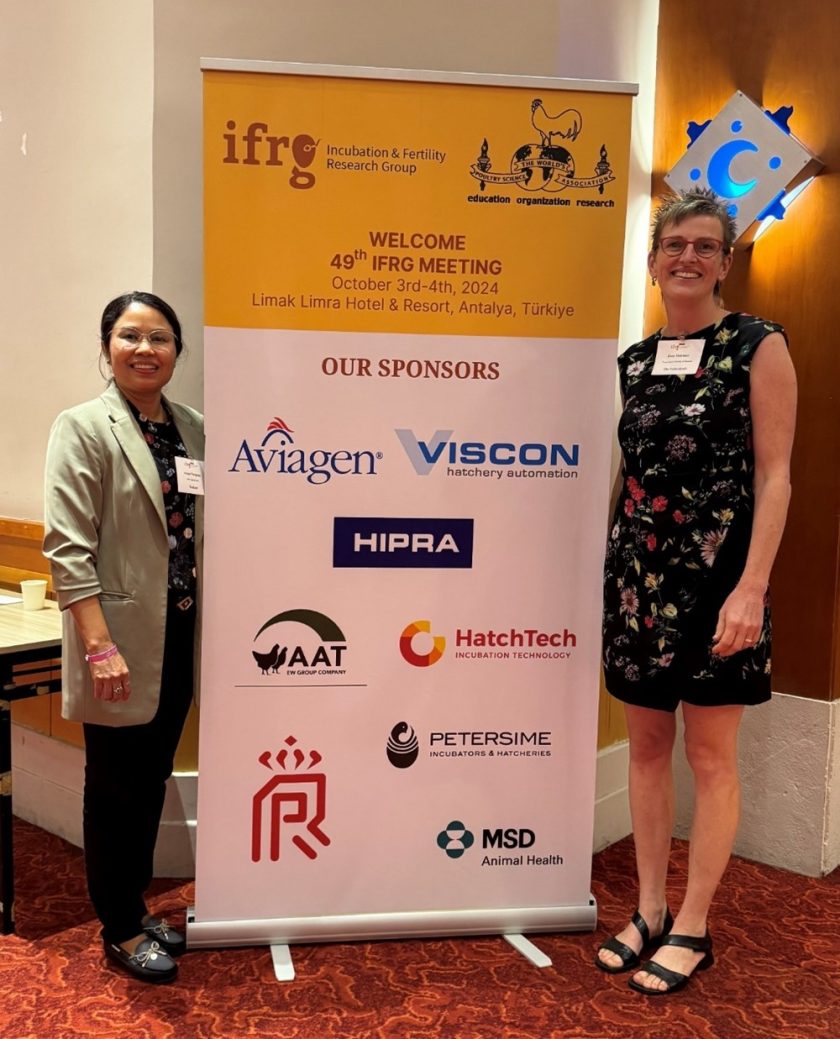
Three young scientists received the 2024 IFRG Next Gen Funding awards this year to provide them with opportunities and nurture their future. The awardees were Arlette Harder from IASP at Humboldt-Universität zu Berlin, Catharina Broekmeulen from the Veterinary Public Health Institute at the University of Bern, and Skarlet Napierkowsk from Wroclaw University of Environmental and Life Science.
In addition, seven young scientists competed with their presentations for the Nick French Award. The 2024 Nick French Award winner was Anne Pennings from Wageningen University & Research, who presented to the group her excelllent research on “Morphological embryo development during warming of broiler eggs from storage to incubation temperature.”
The next meeting will be organized as a combined workshop from the WPSA WG6 (IFRG) and the WG12 Physiology from October 22 to 24, 2025.
The venue will be the Institute of Agricultural and Urban Ecological Projects at the Humboldt-Universität zu Berlin (IASP), Alte Mälzerei, Seestraße 13, Berlin, Germany. You will find more information in the following months on this website:

